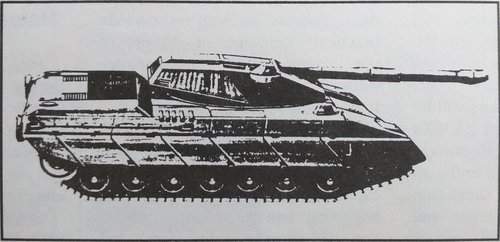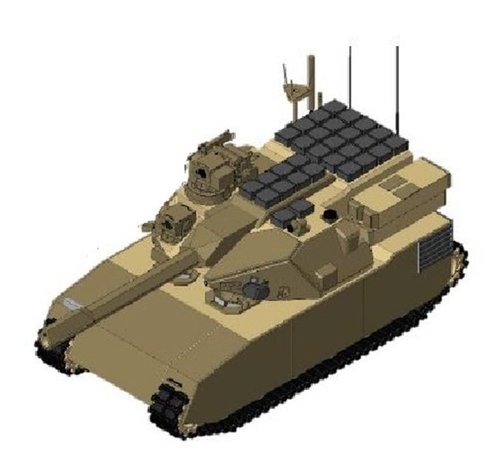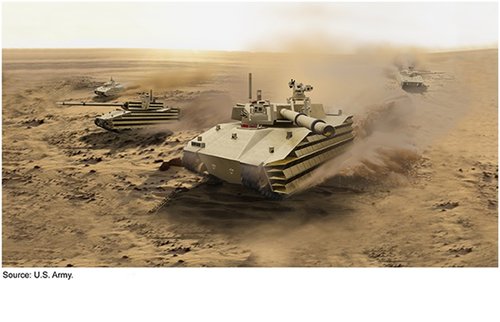It is assumed that large numbers of high-precision, low-observable missiles on both sides limit the practical effectiveness of missile defense systems. Belligerents in 20XX can amass missile arsenals large enough to exhaust interceptor stocks that are immediately available within a given portion of a theater of operations at any given point in time. The application of stealth technologies and hypersonic propulsion systems to low-flying cruise missiles makes them difficult to detect, track, and engage. Sophisticated penetration aids (e.g., multispectral decoys and active jammers) for ballistic-missile warheads further complicate the target discrimination challenge relative to today. Moreover, the high-power radars currently used in active missile defense systems are vulnerable to anti-radiation missiles and RF weapons.
Missile defenses, however, have also improved substantially by 20XX. Directed-energy (DE) ... Despite these improvements, it is assumed that defenses can be countered through a variety of means.... In short, while potentially very useful, active missile defenses remain incapable of fundamentally altering the strategic or operational battlespace in 20XX.
The Centrality of Stealth
Owing to advances in sensor and data processing technologies, the ability to find opposing forces is assumed to have improved dramatically by 20XX... If future “finding” capabilities completely dominated hiding capabilities, however, operational movement would be stymied and combat would likely be limited mainly to extended-range, precision-strike duels. It is assumed in the 20XX wargames that parallel advances in stealth, deception, jamming, offensive IW, and other forms of information protection have also occurred.
....Consequently, especially early on in a conflict, U.S. ground forces need to be inserted into a theater of operations via stealthy airlifters, stealthy surface insertion vessels, and submerged troop-carrier platforms. This requirement constrains the type and number of ground forces that can be successfully inserted and sustained....
....One of the central ground combat challenges in the 20XX regime is signature management. During all phases of combat, ground units must keep their signature as low as possible in order to avoid being detected by the opponent’s sensor systems and subsequently attacked.... In other words, while it might be possible to pummel an enemy unit in close combat, the attacking unit must devise a way of doing so without elevating its signature so long that the enemy can engage it with long-range counterattacks launched from a remote location. Seizing territory is also much easier to accomplish in 20XX than physically holding it. Stationary troops holding ground, just like any other fixed target, are vulnerable to detection and attack.
....“heavy” units like CARs that were organized around stealthy, 10-ton, electric-drive ACVs—light by today’s standards—were not seen as particularly useful in this regime. When CAR units were allocated to them for mission planning, Blue teams often opted not to deploy them for three reasons: 1. The CAR was not seen as providing significant additional or unique combat capabilities; 2. The relatively large footprint of the CAR was considered to present an unacceptably high risk of detection by enemy sensors; and 3. The ACVs were too difficult to support logistically, especially in terms of force insertion and extraction.
....As discussed in Chapter III, exoskeleton-equipped troops were used extensively throughout the 20XX wargame series. They were relied upon not only for close combat, including urban operations, but also for non-linear, distributed-strike operations in open terrain...

www.defensenews.com







